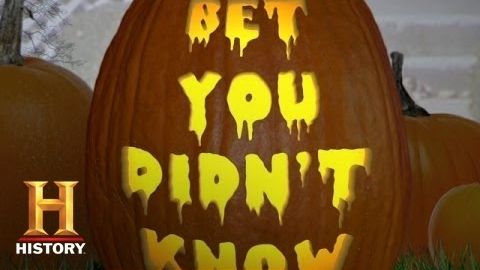あなたの知らないハロウィーン|歴史 (Bet You Didn't Know: Halloween | History)
Hannelise が 2024 年 10 月 14 日 に投稿  この条件に一致する単語はありません
この条件に一致する単語はありません- v.t.だます;笑わす
- n. (c./u.)トリック;腕の良いやり方;技
- adj.迷わせる
US /ˈenʃənt/
・
UK /'eɪnʃənt/
- v.t.おごる;治療する;扱う;処理する
- n. (c./u.)おごり;珍味;ご褒美
US /ˈkɚrənt, ˈkʌr-/
・
UK /'kʌrənt/
- n. (u.)電流;流れ;通貨
- adj.現在の;通用;最新
- n.傾向;世論
エネルギーを使用
すべての単語を解除
発音・解説・フィルター機能を解除
